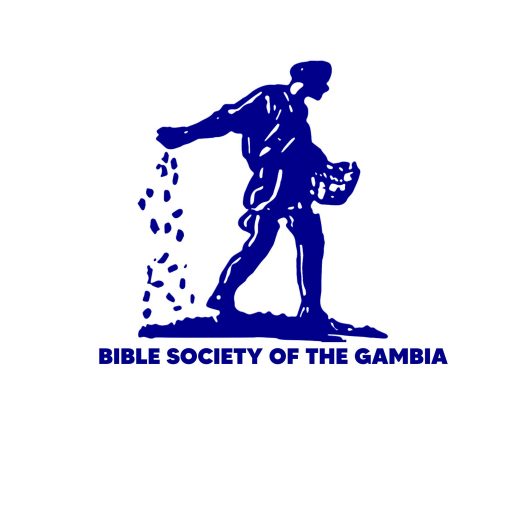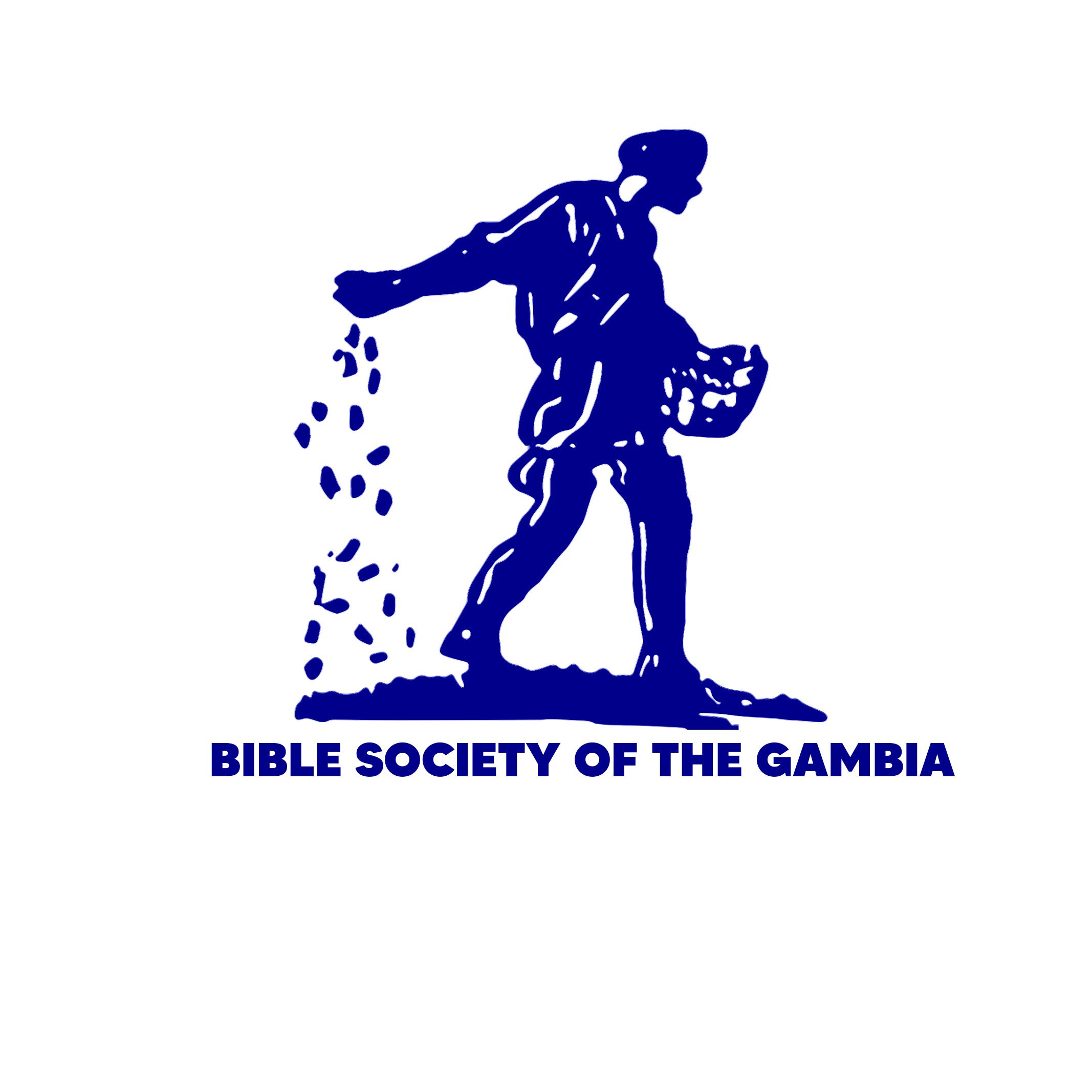The Safe Towns
(Numbers 35.9-15Deuteronomy 19.1-13)1 One day the Lord told Joshua:
2 When Moses was still alive, I commanded him to tell the Israelites about the Safe Towns. Now you tell them that it is time to set up these towns. 3-4 If a person accidentally kills someone and the victim's relatives say it was murder, they might try to take revenge. Anyone accused of murder can run to one of the Safe Towns and be safe from the victim's relatives. The one needing protection will stand at the entrance to the town gate and explain to the town leaders what happened. Then the leaders will bring that person in and provide a place to live in their town.
5 One of the victim's relatives might come to the town, looking for revenge. But the town leaders must not simply hand over the person accused of murder. After all, the accused and the victim had been neighbors, not enemies. 6 The citizens of that Safe Town must come together and hold a trial. They may decide that the victim was killed accidentally and that the accused is not guilty of murder.
Everyone found not guilty must still live in the Safe Town until the high priest dies. Then they can go back to their own towns and their homes that they had to leave behind.
7 The Israelites decided that the following three towns west of the Jordan River would be Safe Towns:
Kedesh in Galilee in Naphtali's hill country, Shechem in Ephraim's hill country, and Kiriath-Arba in Judah's hill country. Kiriath-Arba is now called Hebron.
8 The Israelites had already decided on the following three towns east of the Jordan River:
Bezer in the desert flatlands of Reuben, Ramoth in Gilead, which was a town that belonged to Gad, and Golan in Bashan, which belonged to Manasseh.
9 These Safe Towns were set up, so that if Israelites or even foreigners who lived in Israel accidentally killed someone, they could run to one of these towns. There they would be safe until a trial could be held, even if one of the victim's relatives came looking for revenge.
Tankañini dulaa saatewolu
(4 Musa 35:9-345 Musa 19:1-13)1 Bituŋ Yaawe* ko Yosuwa ye ko, 2 “A fo Banisirayilankoolu ye ko: Ali ye saatewolu tomboŋ ka ke tankañini dulaa saatewolu ti, ko ŋa ali yaamari ñaameŋ ka bo niŋ Musa la. 3 Niŋ moo ye a ñoŋ moo faa lañinoo kono, aduŋ a maŋ ke tawoo kaŋ ti, a maarii si bori noo jee le ka tanka ñiŋ moo faariŋo la moolu ma, niŋ ì wulita julujoo la. 4 Niŋ a maarii borita ka taa ñiŋ tankañini dulaa saatewolu to, a ñanta loo la saatewo dundaŋ daa* le to, a ye a la kuwo saata saatewo alifaalu ye. Wolu le ñanta a bula la, a ye duŋ ì la saatewo kono ka dulaa dii a la, a be sabati la daameŋ. 5 Niŋ ñiŋ moo faariŋo la julujoolaa bulata a nooma jee, ì maŋ ñaŋ na ñiŋ moofaalaa dii la a la. Kaatu a ye a la moo faa lañinoo le kono, a maŋ ke a jawu ti kabiriŋ folooto. 6 A ñanta sabati la saatewo kono jee le, fo waatoo ye sii, waatoo meŋ a ñanta ka loo kiitiyo ñaatiliŋo la moolu ñaato, aniŋ fo niŋ piriisi* kuntiyo meŋ be piriisi kuntiiyaa la wo waatoo la, faata. Niŋ wo keta, ñiŋ moofaalaa si seyi noo a yaa le, a bota daameŋ.”
7 Bituŋ ì naata Kedesi tomboŋ Kalilee kono Nafutali konkotundoo* kaŋ, Sekemu Efurayimu konkotundoo kaŋ, aniŋ Kiriyati-Ariba meŋ mu Heburoni ti, Yahuuda konkotundoo kaŋ. 8 Yoridani Boloŋo kara doo la, Yeriko tilibo karoo la, ì ye Beseri le tomboŋ wo to meŋ be konkotundoo kaŋ, Rubeni lasiloo ye. Bituŋ Kadu lasiloo moolu, ì ye Ramoti le tomboŋ wolu ye meŋ be Kileyadi tundoo kaŋ. Bituŋ Manase lasiloo moolu, ì ye Kolani le tomboŋ wolu ye meŋ be Basani tundoo kaŋ.
9 Ñinnu le mu saatewolu ti mennu tombonta Banisirayilankoolu ye, aniŋ tumarankewolu mennu be ì kono. Moo-wo-moo si bori noo jee le, niŋ a ye a tara, a ye a ñoŋ moo le faa lañinoo kono, i si a je, a si tanka noo julujoolaa la a faa ma, janniŋ a be loo la kiitiyo to moolu ñaatiliŋo la.

